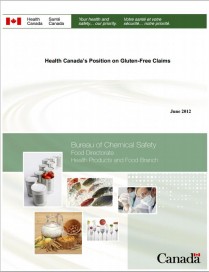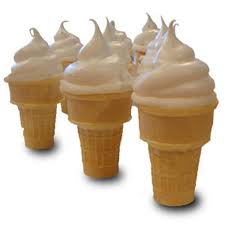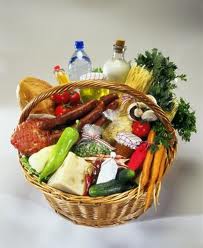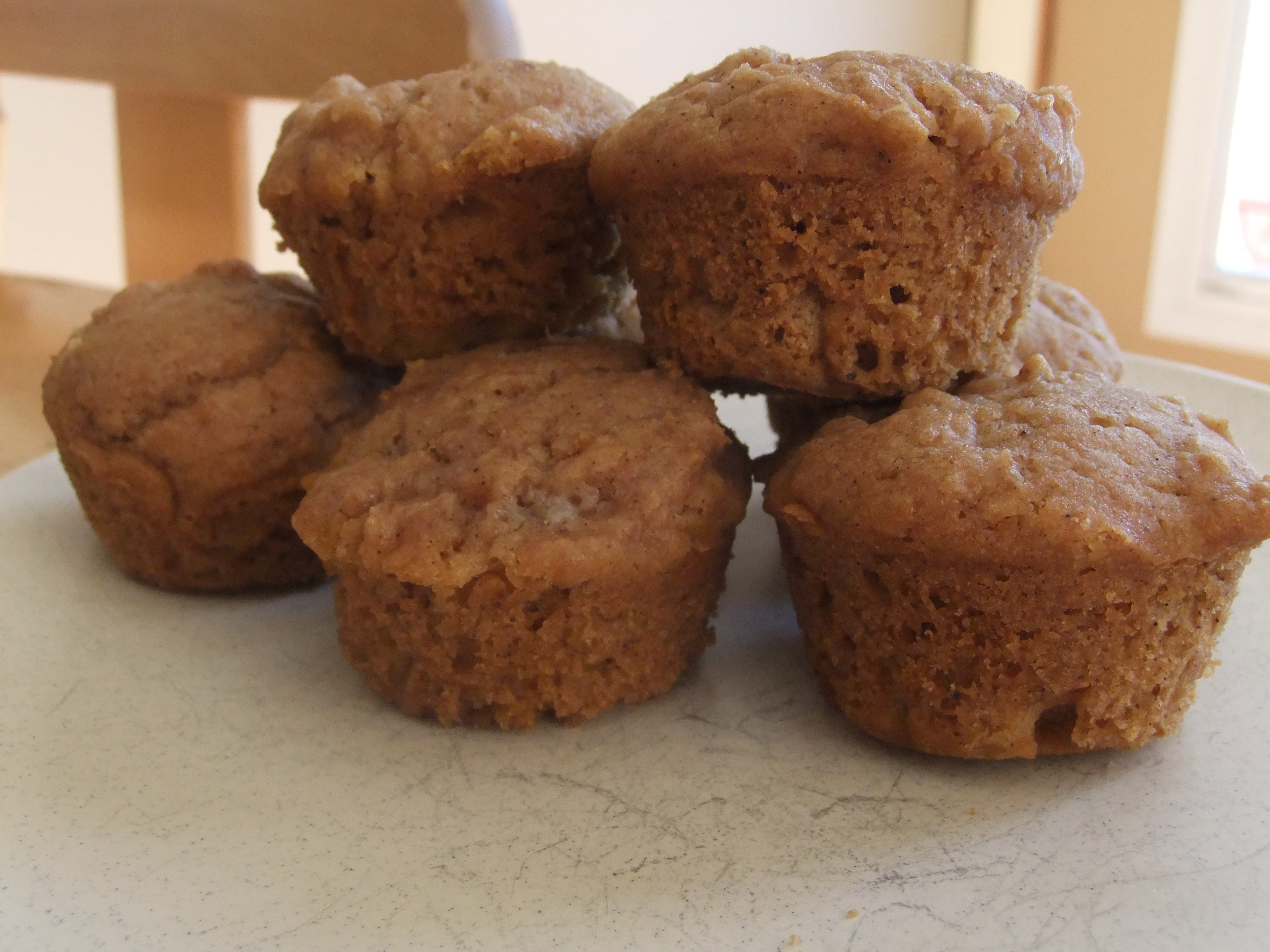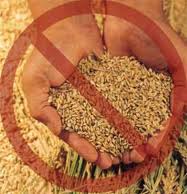Press Release
Gluten intolerance, an umbrella term that includes gluten sensitivity and celiac disease, doesn’t just affect the digestive system: it is linked to more than 300 diseases and conditions. Among the most common are those stemming from deficiencies, excesses and imbalances of female hormones. In fact, there’s a good chance that correct diagnosis and treatment of gluten intolerance may be all that’s needed to resolve hormone-related medical problems.

Dr Vikki Petersen D.C., C.C.N.
What is the link between gluten intolerance and hormones? ”Gluten intolerance has many secondary effects, including adrenal fatigue,” according to Dr. Vikki Petersen, Certified Clinical Nutritionist, author of the book “The Gluten Effect” and co-founder of HealthNOW Medical Center. “The adrenals are responsible for maintaining a proper balance between DHEA, estrogen, testosterone and progesterone, which prevents conditions such as PMS and infertility. But these hormones are also responsible for a number of other, more basic, functions like regulating blood pressure and blood glucose levels and preventing dehydration.”
“When the adrenals are fatigued, as they often are when one is gluten intolerant, they can’t function fully and optimally. They have to choose between producing sex hormones or just keeping the body up and running,” she said.
Invariably, the functions that relate to basic survival are the priority and the production or regulation of the sex hormones suffers.
According to Dr. Petersen, the results can include such common conditions as:
– cramping
– heavy bleeding
– menstrual irregularity
– endometriosis
– polycystic ovaries
– fibrocystic breasts
– migraines
– PMS
– infertility
– miscarriage
“The link between adrenal stress and gluten intolerance is common, but rarely diagnosed,” said Dr. Petersen. “As a result, millions of women are suffering unnecessarily from conditions that really affect their quality of life but are easily remedied.”
HealthNOW is a medical clinic in Sunnyvale, California that combines internal medicine, clinical nutrition, naturopathy, physical therapy and chiropractic. The team of doctors from these disciplines work together to resolve patients’ unique health problems and conditions.
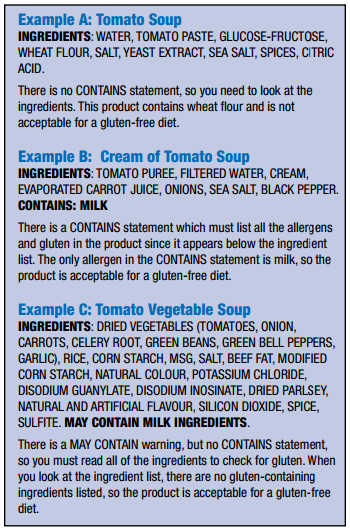 Twenty years in the making, Canada’s new Allergen and Gluten labelling regulations finally came into full force on August 4, 2012.
Twenty years in the making, Canada’s new Allergen and Gluten labelling regulations finally came into full force on August 4, 2012.
